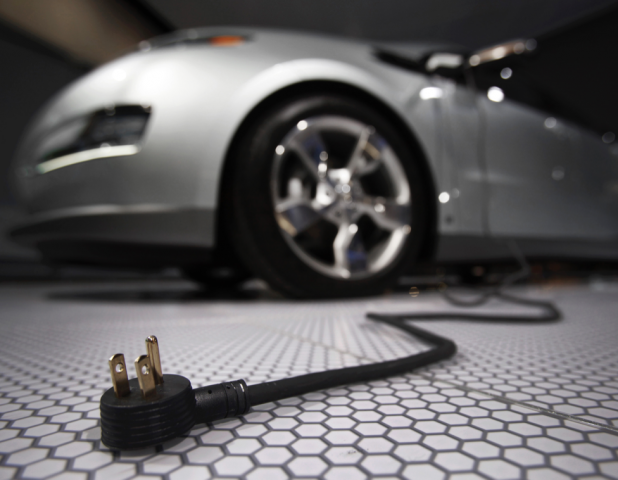US unveils stricter EV tax credit rules
Aims to reduce US dependence on China for EV battery supply chains starting April 18

The US Treasury Department unveiled stricter electric vehicle tax rules on Friday, that will reduce or remove tax credits on some zero-emission models but grant buyers another two weeks before the new requirements take effect.
The rules are aimed at weaning the US off dependence on China for EV battery supply chains and are part of President Joe Biden’s effort to make 50% of US new vehicle sales by 2030 EVs or plug-in hybrids.
The EV battery sourcing guidance issued triggers new requirements for critical minerals and battery components and takes effect for vehicle purchases starting April 18.
US officials acknowledged some vehicles will see credits cut or eliminated. Tesla said on Wednesday the Model 3 rear-wheel drive credit will be reduced as a result of the guidance. The government will publish by April 18 a revised list of qualifying models and tax credit amounts.
The $430 billion Inflation Reduction Act (IRA) signed by Biden in August eliminated manufacturers’ EV sales caps but imposed new conditions on EV credits. They included a North American assembly requirement from August, price and buyer income eligibility caps from January 1, and now the battery and critical minerals sourcing rules, effective April 18.
Alliance for Automotive Innovation CEO John Bozzella said in a statement his best guess is “few” EVs on the market will qualify for the full $7,500 credit after April 17.
The IRA requires 50% of the value of battery components to be produced or assembled in North America to qualify for a $3,750 credit and 40% of the value of critical minerals sourced from the US or a free trade partner also for a $3,750 credit.
Treasury proposes a three-step process for determining the value percentage of critical minerals and a four-step process for determining battery component value.
Published in The Express Tribune, April 2nd, 2023.
Like Business on Facebook, follow @TribuneBiz on Twitter to stay informed and join in the conversation.



















COMMENTS
Comments are moderated and generally will be posted if they are on-topic and not abusive.
For more information, please see our Comments FAQ